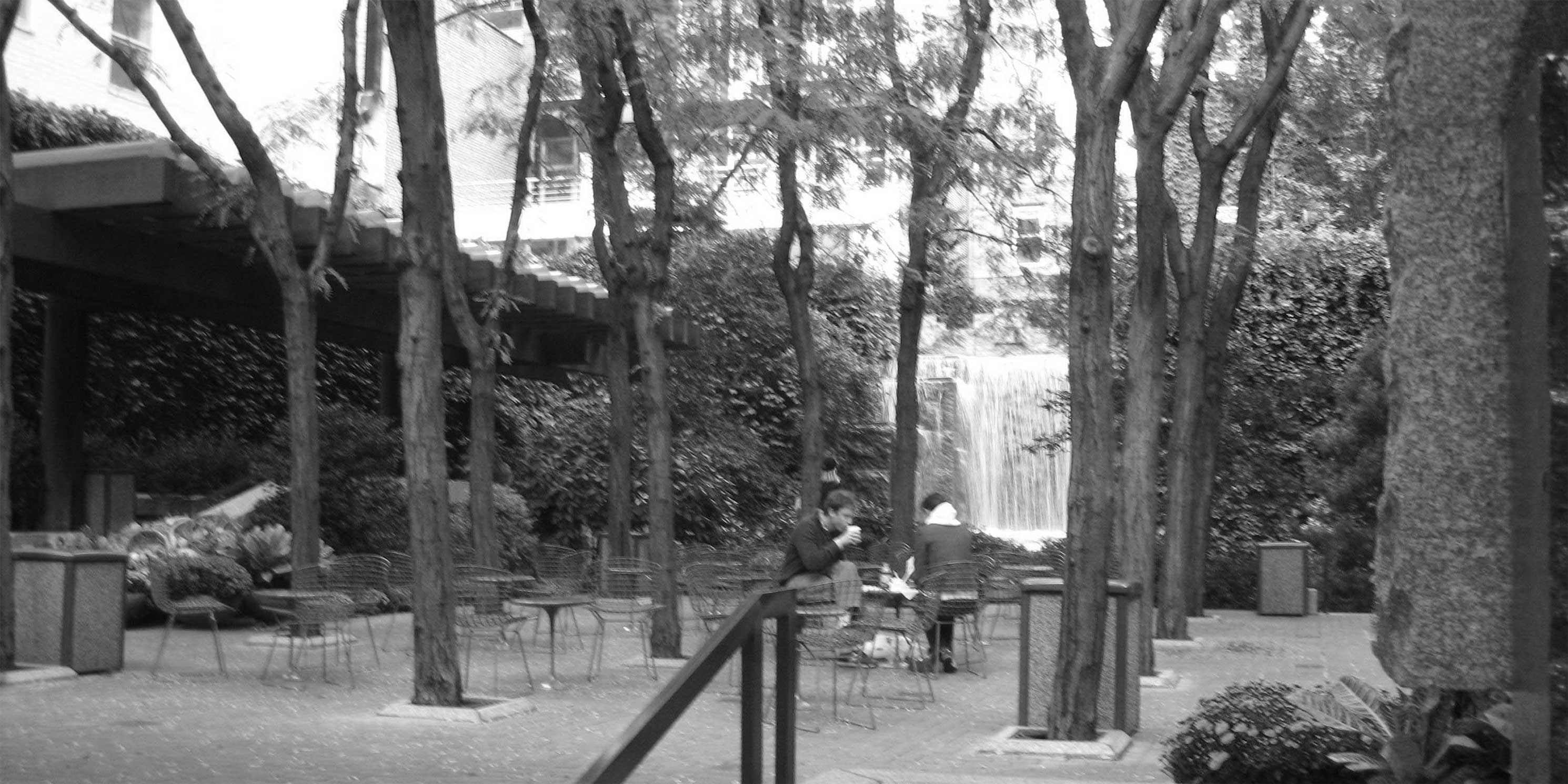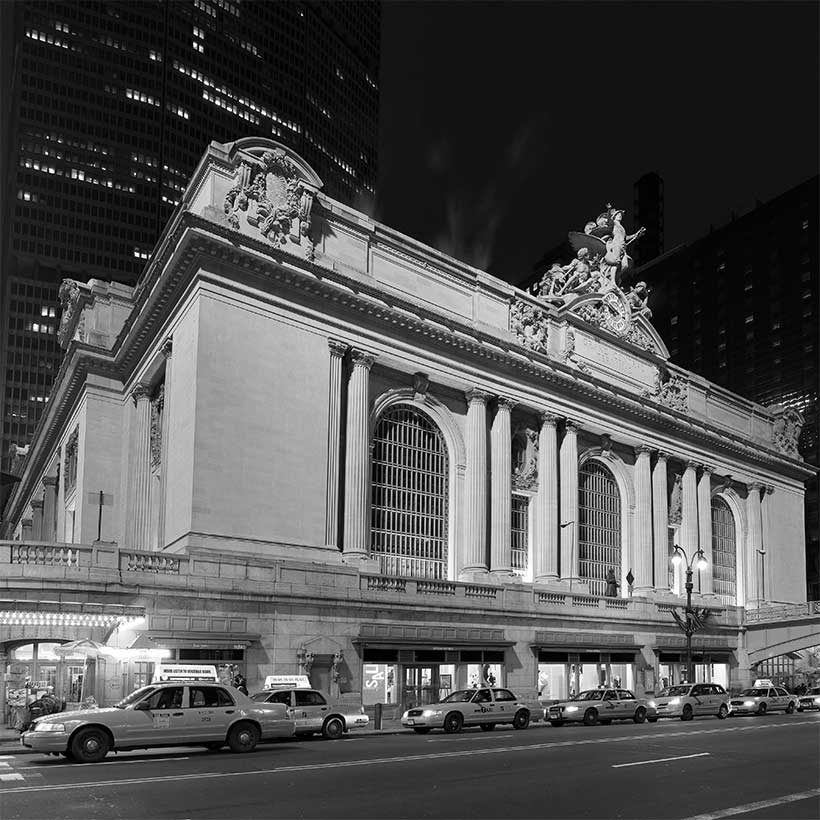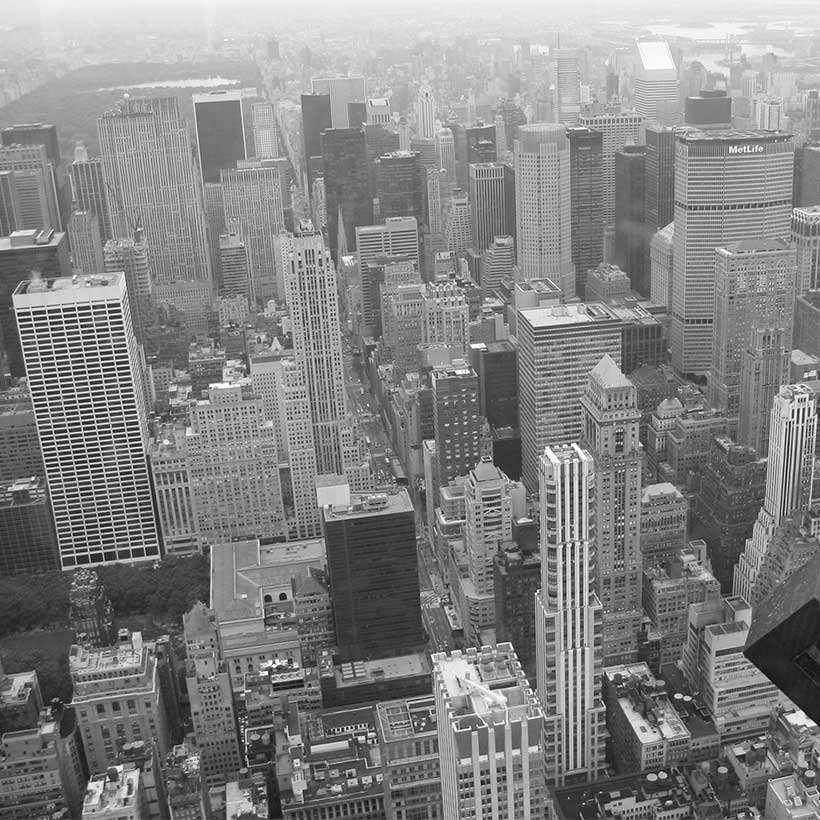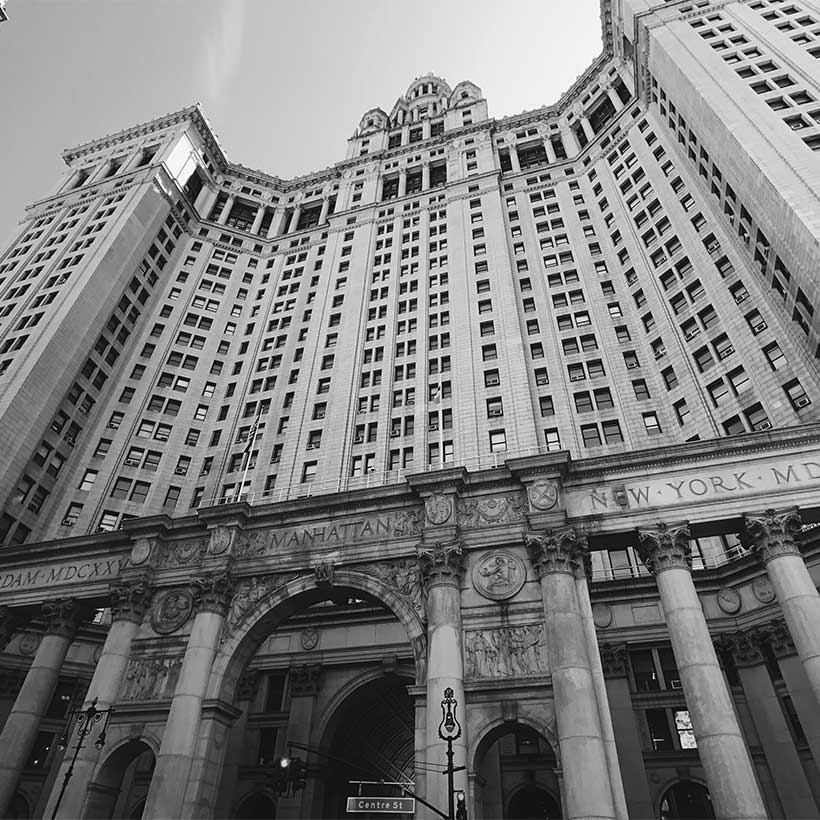Letter Regarding Greenacre Park Shadow Impacts, Greater East Midtown Rezoning
Richard Eggers, Chair
Community Board Six Manhattan
866 United Nations Plaza, Suite 326A
New York, New York, 10017
Sandro Sherrod
Chair, Land Use & Waterfront Committee
Community Board Six Manhattan
866 United Nations Plaza, Suite 326A
New York, New York, 10017
Re: Greenacre Park Shadow Impacts, Greater East Midtown Rezoning
Dear Mr. Eggers and Mr. Sherrod,
The Municipal Art Society of New York (MAS) has serious concerns about potential shadow impacts on Greenacre Park resulting from the Greater East Midtown Rezoning (Rezoning).
Greenacre Park is one of only three vest-pocket parks in New York City. Located midblock on East 51st Street (217 East 51st Street) between 2nd and 3rd Avenues, this special space features an array of honey locust trees, lush plantings, a waterfall, and sunny seating areas that have changed very little since the park opened in 1971. It provides a unique and valuable escape for area residents, workers, and visitors.
Download Testimony
The public benefits of Greenacre Park bring to light the pronounced lack of public open space in East Midtown. For example, the Rezoning project area contains only 39 acres of passive open space, 50 percent of which consists of Privately Owned Public Space (POPS). The development expected under the Rezoning would further reduce the amount of public passive open space in the area to below half the city average1. As such, it is paramount that Greenacre Park is protected from encroaching shadows.
In addition to our concerns about preserving the unique quality of Greenacre Park and its intrinsic value to the neighborhood, MAS finds aspects of the analysis in the Draft Environmental Impact Statement (DEIS) issued by the Department of City Planning (DCP) on December 30, 2016 (CEQR No. 17DCP001M) to be deficient and inaccurate in fully addressing the potential impacts of shadows on the Park.
We would like to see the city explore height limitations or other design changes on the affecting development to eliminate or greatly reduce shadow impacts on Greenacre Park and address the issues in the DEIS outlined below.
(1 Greater East Midtown Rezoning, Draft Environmental Impact Statement, Chapter 4: Open Space, p.4-29, Table 4.11: With-Action Condition: Adequacy of Open Space Resources. The project area would have an open space ratio of 0.063 – less than half the city average of 0.15 acres of passive open space per 1,000 non-residential users.)
DEIS Shadow Analysis
The DEIS evaluated potential shadow impacts of 14 proposed and 16 projected development sites on open space and historic resources in the Rezoning project area. Greenacre Park is an open space resource evaluated in the DEIS, erroneously categorizes as a POPS. As is the case for projects of this magnitude, the DEIS shadow analysis followed the methodology outlined in the City Environmental Quality Review Technical Manual (CEQR Technical Manual) and utilized a three-dimensional model that incorporated projected developments under a Reasonable Worst Case Development Scenario (RWCDS), which is the framework by which environmental impacts of the project were evaluated.
The DEIS evaluation shows incremental shadow impacts on Greenacre Park during two of the four CEQR shadow analysis periods, May 6th and June 21st. According to the DEIS, incremental shadows would be cast on the park on May 6th for a duration of 44 minutes (from 3:30 PM to 3:48 PM and 4:16 PM to 4:42 PM). On June 21st, an incremental shadow would be cast on the park for a duration of one hour and 41 minutes (3:42 PM to 5:23 PM). More important, during these time periods the entire park would be cast in a shadow.
For both evaluation periods, the DEIS concludes that four to six hours of sunlight during the morning and early afternoon would be sufficient for the survival of the vegetation in the park. The DEIS also states that the vegetation in the park is “expected to be shade tolerant” without identifying the particular type of vegetation. The DEIS also claims the incremental shadows would not substantially affect utilization of the park because the usability and location of the seating areas are not reliant upon exposure to sunlight in warm-weather months.
DEIS Conceptual Analysis
The DEIS evaluated an alternative to the proposed Rezoning in which qualifying development sites could increase density by a 3.0 FAR by utilizing special permits to construct a public concourse, make transit improvements, permit a hotel, and modify the Subdistrict’s bulk and qualifying site regulations. However, the alternative analysis in the DEIS did not include an evaluation of shadow impacts on open space, including Greenacre Park, resulting from the sites that could utilize special permits to increase FAR.
Deficiencies in the DEIS
Based on our review, MAS identified the following deficiencies in the DEIS as they pertain to the shadow analysis and Greenacre Park:
- The proposed or projected development sites that cast incremental shadows on Greenacre Park and the other evaluated open space resources are not identified.
- The height of the proposed or projected developments used in the shadow analysis model are not provided.
- The evaluation of shadow impacts on Greenacre Park does not include a site plan showing the particular vegetation in relation to the shadow and assumes that the vegetation is shade tolerant.
- The Conceptual Analysis identifies Projected Development Site 11 as receiving the additional 3 FAR bonus with the utilization of the Transit Improvement Special Permit, but does not include an analysis of the shadow impacts of this development scenario.
- The DEIS does not include projects that are approved or currently under construction that have been included in the No-Build Development Scenario. This is particularly important for the shadow analysis, since it is not clear what buildings have been included in the baseline condition used for the analysis.
MAS Recommendations
Based on the deficiencies in the DEIS and our concerns regarding Greenacre Park, MAS makes the following recommendations.
- The DEIS shadow analysis needs to be updated to identify the particular projected and potential development sites that cast incremental shadows on open space resources, including Greenacre Park. This is particularly important for projected and potential development sites 7, 10, 11, C, D, and J, which are most likely to affect Greenacre Park.
- Because the various heights of proposed and projected development used in the shadow analysis are not disclosed in the DEIS, it is unclear if the building heights reflect what would actually be constructed. Therefore, DCP needs to provide the three-dimensional models utilized in the DEIS shadows analysis and disclose all design assumptions (such as height and setback).
- Where more than one site casts an incremental shadow on a particular sun-sensitive resource, including Greenacre Park, the graphics in the DEIS should clearly show the distinctions between the shadow sources.
- The DEIS should be updated to include a site plan of Greenacre Park and a more rigorous analysis of the potential impacts on vegetation in the Park.
- The DEIS needs to include an appendix listing the approved and projects currently under construction that have been included in the No-Build Development Scenario.
- Most important, because the incremental shadows would cast the entire park in a complete shadow during the time periods identified in the DEIS, MAS believes a significant adverse impact would occur with regard to public enjoyment of the park and the vegetation that gives the park its unique quality. Therefore, in light of the evaluation in the DEIS, we recommend that the city examine height, setback, and massing modifications that reduce if not eliminate incremental shadow impacts on Greenacre Park.
East Midtown is already grossly under served by open space. The public realm will be further shrouded in darkness by the increased density and building heights permitted under the proposal. We cannot afford to allow development under the East Midtown proposal to cast such an important resource as Greenacre Park in additional shadow. We look forward to working with the Community Board and the city to explore mitigation measures to address shadow impacts and correct the deficiencies in the environmental review outlined herein.
Sincerely,

Elizabeth Goldstein
President
The Municipal Art Society of New York



